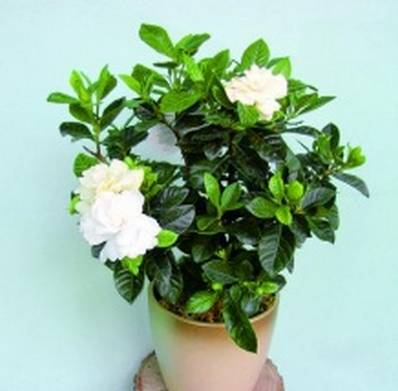Several common methods of fertilizing flowers
Clivia
During the growing season, apply liquid fertilizer once every half month. In the hot summer, fertilization is easy to cause root rot, so stop fertilizing. But pay attention to ventilation. Applying phosphorus fertilizer in the early stage of flowering can promote the proliferation and color of flowers.
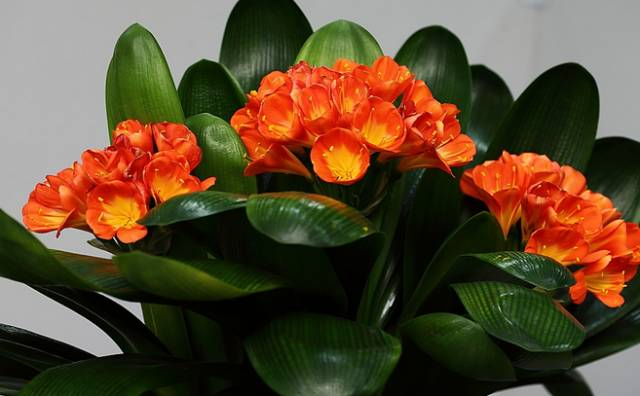
Money Tree
The fortune tree grows vigorously and rapidly, so it needs sufficient fertilizer. After the plant sprouts, spray compound fertilizer (fertilizer containing nitrogen, phosphorus and potassium) once a week, and apply organic fertilizer or phosphorus and potassium fertilizer to the soil once a month. Avoid excessive nitrogen fertilizer during the growing season, and apply phosphorus and potassium fertilizer in a balanced manner to make the plant strong, make the leaves green, and enhance the ornamental effect.
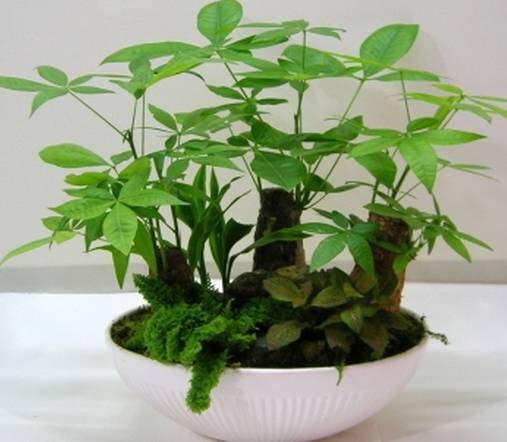
Rose
Roses like fertilizer. Potted roses need to be fertilized frequently. During the growing season, they should be watered with light fertilizer every ten days. No matter which fertilizer you use, remember not to use too much to prevent fertilizer damage and harm to the seedlings. However, fertilizer should not be applied during the winter dormancy period. Roses like fertilizer, and the base fertilizer is mainly slow-acting organic fertilizer, such as rotted cow dung, chicken manure, bean cake, oil residue, etc.
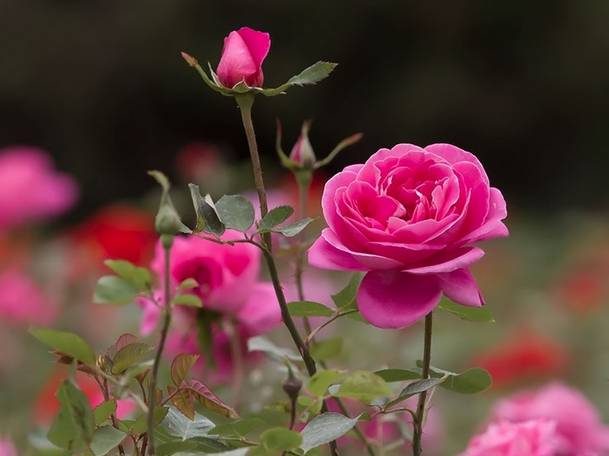
Azalea
During the peak growing season in spring and autumn, apply a thin layer of cake fertilizer liquid once every 10 days. It can be made by fermenting rice water, fruit peels, vegetable leaves, etc.
In the autumn, you can also add some phosphorus and potassium fertilizers, which can be made by fermenting fish and chicken offal and meat washing water, rice washing water and some fruit peels.

Tiger tail orchid
Tiger tail orchid does not require much fertilizer. Generally, it is fertilized 1-2 times a month during the growth period, mainly with compound fertilizer. The amount of fertilizer must be small, and thin fertilizer should be applied frequently. If only nitrogen fertilizer is applied for a long time, the stripes on the leaves of Tiger tail orchid will fade.
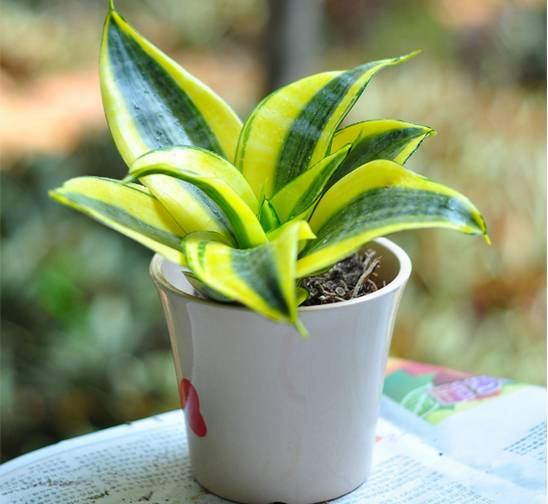
White Anthurium
Apply liquid fertilizer, compound fertilizer or composted cake fertilizer water once every 1-2 weeks during the growing season. Stop fertilizing when the temperature is low in winter in the north.
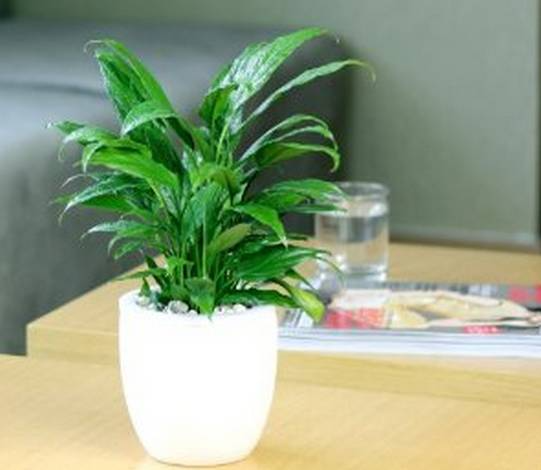
Jasmine
Potted jasmine is mainly fertilized with organic fertilizer, but it is best to use decomposed human feces and urine, or human feces and urine mixed with chicken, duck, pig manure, bean cake, vegetable cake, etc. The best time to apply fertilizer is when the pot soil has just turned white and small dry cracks have just appeared on the soil surface around the pot wall. When new shoots begin to sprout, the concentration of manure water can be increased, and watering can be done once every three days. When the second and third batches of flowers bloom, due to the rising temperature, the growth is vigorous and topdressing can be done once every 1-2 days. Gradually control the fertilizer and water in the future to prevent leggy growth and difficulty in winter.

Chlorophytum
Apply thin fertilizer every 10-14 days during the growth period, mainly nitrogen fertilizer. However, it is not advisable to apply excessive nitrogen fertilizer to golden heart spider plants and golden edge varieties, otherwise the linear spots on the leaves will become less obvious. When fertilizing spider plants, lift the leaves to avoid contaminating the leaves and easily damaging the tender leaves and tips. After fertilizing, it is best to spray the leaves with clean water to clean them.

evergreen
The growing season of Dieffenbachia is from June to September. Apply cake fertilizer and water every 10 days. Apply phosphorus and potassium fertilizer twice in autumn. Apply nitrogen fertilizer once every 1 to 2 months from spring to autumn to promote glossy leaves. Stop fertilizing when the room temperature is below 15℃.
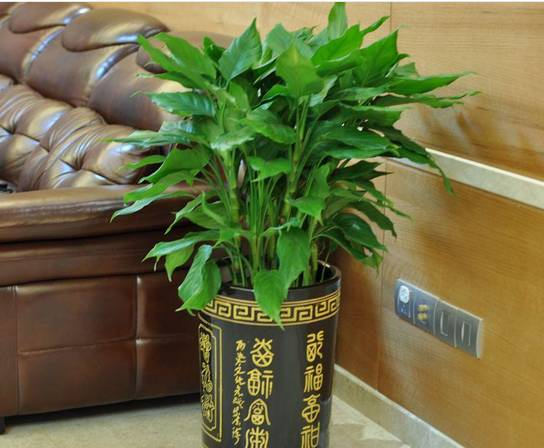
Peperomia
Peperomia likes fertilizer. Topdressing should be applied once every half month during the growing season. Follow the fertilization principle of "frequent application of nitrogen fertilizer, small amount and frequent application, and complete nutrition". When the temperature is above 18℃, a small amount of fertilizer is needed. When the temperature is below 18℃ or above 30℃, less or no fertilizer is appropriate. It is best to apply fertilizer in small amounts and multiple times. It is best to use diluted fertilizer instead of water for irrigation. It is not tolerant to raw fertilizer and concentrated fertilizer, which can easily cause fertilizer damage. It can also be fertilized by spraying fertilizer liquid on the leaves, which has a good effect. Nitrogen fertilizer and potassium fertilizer are the main fertilizers, and phosphorus fertilizer is secondary.

Gardenia
It is advisable to apply fertilizers such as fermented bean cake, sesame paste residue, and peanut bran. After fermentation, it can be acidic, but it must be applied thinly and frequently. Avoid concentrated fertilizers and raw fertilizers. Do not apply fertilizers during the hibernation period. For those that have been planted for less than three years, avoid applying human feces and urine. Excessive application of nitrogen fertilizer will cause thick branches, large, dark green leaves, but no flowers. Lack of phosphorus and potassium fertilizers will also cause no flowers to bloom or the buds to wither and fall off.
